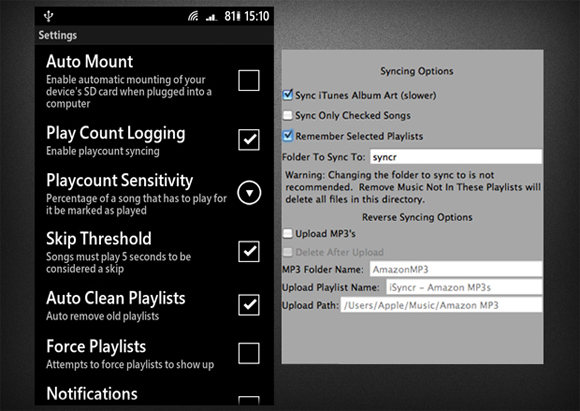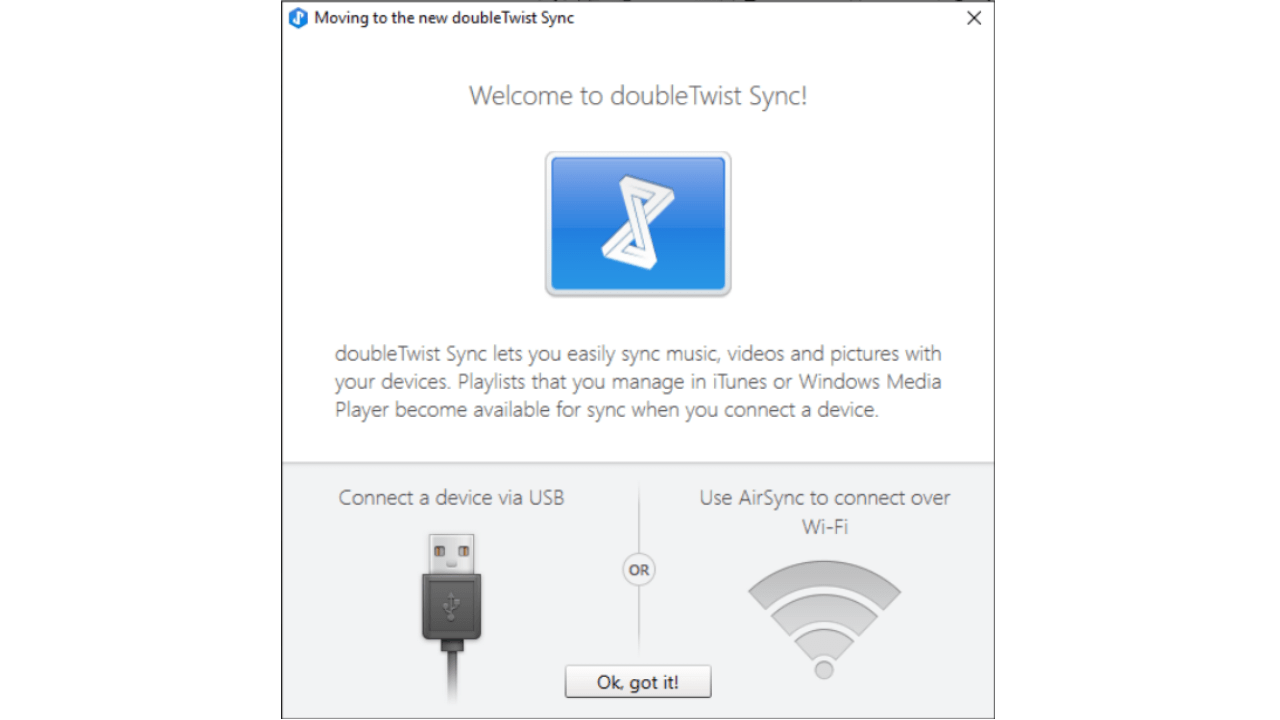- iPhone to Mac
- iPhone to PC
- iPhone to iPhone/iPad
- How To Transfer Itunes Library To Usb On Mac Free
- How To Transfer Itunes Library To Usb On Mac Drive
- How To Transfer Itunes Library To Usb On Mac Pro
“My iTunes is too large and I plan moving iTunes library to an external drive to free up space on computer. Any suggestions or warnings for this?”
2020-3-18 Method 1. How to Export Music from iTunes to USB/Flash Drive with AnyTrans. If you prefer a simpler and quicker method to transfer music from iTunes to USB or flash drive, then the iTunes content manager – AnyTrans for iOS is just the exact tool. Here are its excellent features on transferring iTunes music to USB or flash drive. There are a few ways to transfer your iTunes library from one computer to another: When you get a new Mac, use Set-up Assistant (or Migration Assistant, if you’re switching from Windows) to move files—including your iTunes files—from your old computer to the new one. See the Apple Support article Back up and restore your iTunes Library.

iTunes is an useful tool for iPhone users to manage media files like music, playlist, videos and ringtones. Every time you connect your device to computer, it will automatically scan and backup your data, all the media items will be saved in iTunes library. However, sometimes you may need to transfer iTunes library from PC to external hard drive when your computer meets hardware failure or you just want to free up storage space. This article will offer you 2 ways to copy iTunes library to external disk easily.
Part 1: Transfer iTunes Library to USB Stick from iTunes Media Folder
Normally you can move iTunes library to another drive on Windows 10/8/7 and Mac directly, here are the detailed steps:
Step 1: Open iTunes and click Edit -> Preference. Then choose “Advanced” on the upper right corner. Now you can see three options, check “Keep iTunes Media folder organized” and “Copy files to iTunes Media folder when adding to library”.
Step 2: Click File -> Library -> Organize Library and then check 'Consolidate files”, press OK to copy all iTunes library into iTunes Media folder.
Step 3: Now open computer, click Music and find iTunes folder. Choose the folder named “iTunes Media and open it, all your iTunes songs and other files are saved here. Connect an USB disk to computer and export entire iTunes library to external hard drive.

Part 2: Copy Music from iTunes to Flash Drive with Free Tenorshare iCareFone
How To Transfer Itunes Library To Usb On Mac Free
An alternative way for copying iTunes music and videos to an USB flash drive is to use Tenorshare iCareFone-the professional data transferring software and an iPhone/iPad/iPod. Free download this program and follow the steps below:
Step 1: Connect iPhone to computer and run the software. Choose “Files Manager” on the interface and then select data type, take music for an example.
Step 2: Click “Add” and find iTunes music from C:UserMusiciTunes Music, choose all the songs and press “Open” to add them to your phone.
How To Transfer Itunes Library To Usb On Mac Drive
Step 3: Connect USB drive to computer and then choose all the music and click “Export to”, a pop-up window will ask you to choose a location to save the data, find your external disc on computer and click “Choose” to move all the files into it.
Part 3: Tips for Moving Data from iTunes Library to Hard Drive
How To Transfer Itunes Library To Usb On Mac Pro
- Your library might not fit onto a flash drive if you have a large collection of music or apps, which could cause an error during copying process. Create a subfolder in iTunes Media folder and move individual items one by one.
- Many people will notice a 'Export Library” on iTunes when trying to transfer iTunes library to another disk, actually it’s just a list of your music and metadata other than the audio files.
- If you’re planning to put iTunes data to a new computer, we can tell you it’s definitely not that necessary. Just log in your iTunes Store to download them again on your new computer.
- Using the Consolidate Files option creates new copies in your iTunes library; remember to delete the duplicated ones to reclaim the storage space.